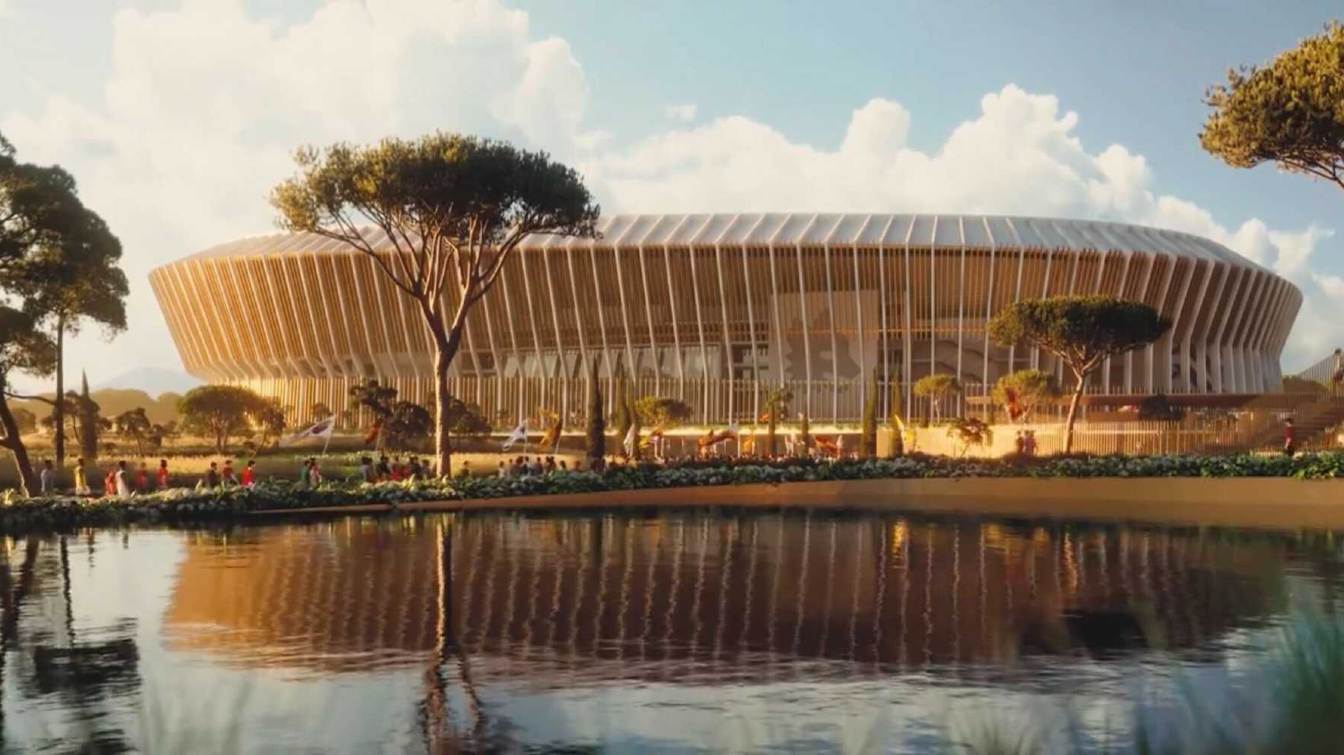Italy: Forest or no forest? Exploring the mysterious site for AS Roma’s stadium
source: StadiumDB.com; author: Paulina Skóra
 The coming year could mark a turning point for AS Roma, a club eager to realize its dream of a new stadium in Pietralata. Meanwhile, city officials in Rome are still waiting for the finalized project, hoping to lay the cornerstone by the end of next year. The project appears ready, but ongoing legal disputes are clouding its progress.
The coming year could mark a turning point for AS Roma, a club eager to realize its dream of a new stadium in Pietralata. Meanwhile, city officials in Rome are still waiting for the finalized project, hoping to lay the cornerstone by the end of next year. The project appears ready, but ongoing legal disputes are clouding its progress.
Advertisement
An oversight or deliberate action?
Prosecutors are investigating allegations of falsifying a public document. At the center of the controversy is the existence of a forest.
Committees opposing the stadium claim a forest exists on the Pietralata site, but city officials assert otherwise. Speaking on Radio Roma Sound, Maurizio Veloccia, Rome’s urban planning councilor, addressed the investigation, stating that the topographic map depicting the forest may not carry binding legal weight.
However, the key issue is determining whether the disappearance
of the forest in the current stadium project documents was merely an oversight—possibly due to the prolonged, 12-year planning period—or whether other factors came into play.
 © AS Roma
© AS Roma
Opposition committees stand firm; the matter is in the hands of prosecutors
Meanwhile, lawyers for the opposition committees have bolstered their complaints by submitting a report signed by a prominent agronomist. The report confirms the existence of a forest covering at least 1.5 hectares on the land designated for the stadium. Back in April, these committees had already requested city authorities to verify the presence of the forest but received no response. The city eventually dispatched a team of agronomists to survey the area. Their findings, however, indicated no protected tree species on the site.
A critical part of the investigation now revolves around understanding why the city’s agronomists classified the area as unforested. Topographic maps and year-by-year reports will be scrutinized to determine whether the criteria used to assess the area were appropriate. Prosecutors could still close the case without further action.
The outcome will hinge on the reasons behind the discrepancies, as falsifying a public document constitutes intentional misconduct. If the investigation reveals errors but no deliberate actions, criminal liability for individual officials would likely be ruled out.
 © AS Roma
© AS Roma
Advertisement
 StadiumDB
StadiumDB